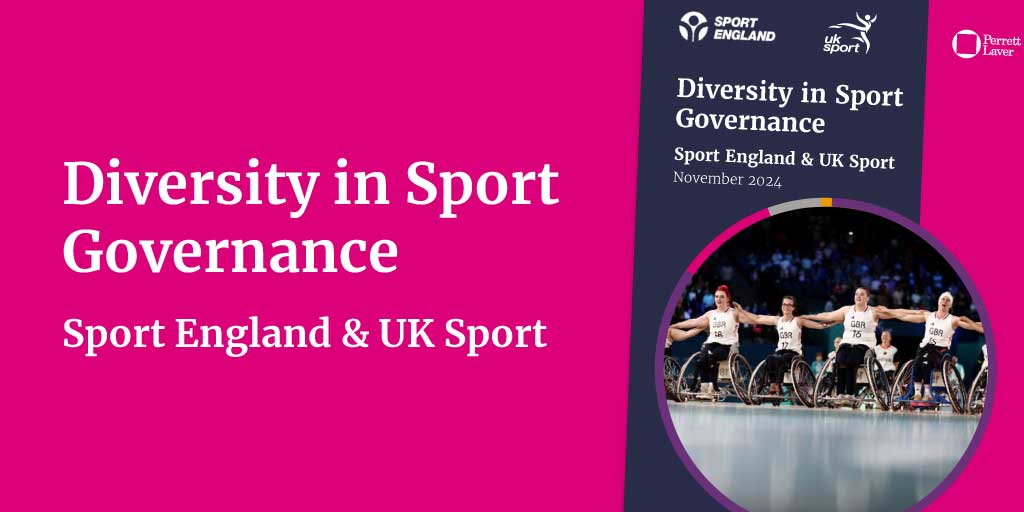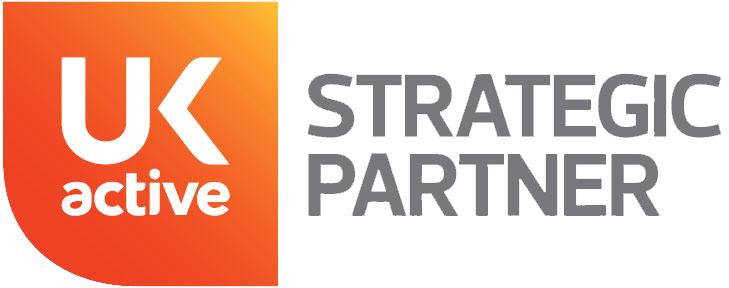Inclusivity has become a significant area of contention worldwide. Black Lives Matter and #METOO protests have brought issues of gender and racial discrimination to the forefront, forcing many well-known companies such as Nike, Adidas, and ASOS to address more than just diversity targets for their work environments.
With men and women taking to social media to talk about their experiences, at the highest levels, serious consideration has had to be given to safety, inclusivity, and working flexibility.
Sport has rarely been immune to contentious news patterns. Often players have used the field as a place to protest. Some commentators have called into question player salaries when surrounding financial environments looked grim.
Others have called into question women’s uniforms, injury levels, or participation levels across, gender, race, and socioeconomic level in sport from the grassroots level to the professional.
These conversations are core to discussing sport and inclusivity. Inclusivity is the act of creating an environment that makes those in it, feel welcome, heard, and represented. For activities company leaders, understanding how to be inclusive and maintain that inclusivity is no easy task.
The activities sector exists on a fault line that includes issues of gender, race, and socioeconomic level, all of which can easily make children and adults feel marginalised and unwelcome.
As movements mature, their figurative goalposts will morph, change, and evolve so what you need is a basic blueprint of pitfalls to avoid. The first of which is to avoid making generalisations.
The patterns we form to make generalisations are a character of our evolution as human beings. Our recognition of those patterns lets us understand the differences between positive and negative experiences.
Negative ones or those that hold a warning tend to be held in our conscious minds firmly, many of which can lead to poor mental health and the types of generalisations that stand in the way of inclusive sports.
There are particular traps that are easier to fall into. Especially when an activities company becomes comfortable with customers, children, and clients alike. It’s very easy for assumptions that may seem unimportant to make a person feel ostracised.
Even teachers and coaches with the best intentions can fall into unhealthy habits, engaging the children that seem to enjoy sport at the expense of those that don’t or holding unconscious gender biases in sports such as football or netball. All of which, can lead to toxic sporting environments for children.
Activities companies advertise their services with a background of some quite serious issues. To a degree, as much as activities are important, being careful as to the types of information disseminated amongst children and adults can be one of your most important roles.
Desirable attributes such as courage and sportsmanship should be built into your company’s ethos and showing good role models should be an automatic reaction to this. Any content you produce should take into consideration showing different gendered role models as well as representing those from other minority or marginalised groups.
It’s not simply about making those role models visible based on their representation to a community, but rather, showing how sports, fitness, and activity is multifaceted and inclusive in the 21st century. Disabled people play sport.
Women and men play football. This can take some of the negative stigma out of sports often perceived to be male-only sports. Simultaneously, this gives children a chance to develop a passion for being active and an understanding of the debates around sport.
To be a good role model as a coach and an administrator means often leaving the actual sport until last. Whilst it may sound like a contradiction in terms, in reality, this mindset is your best tool for maintaining inclusivity in your sessions.
Coaching is not a continuation of your experience playing sport, and the act of doing so should always be treated as a learning curb. Like anything you have a passion for, there should always be room to learn more about your craft.
Setting targets is important. Many large companies have opted for this road to keep large swathes of people across the world focused. The smaller your business is the more control you have over inclusivity.
You can embed inclusivity in your business in a way that also affords you more business and helps you expand your knowledge in an area you have a genuine passion for.









